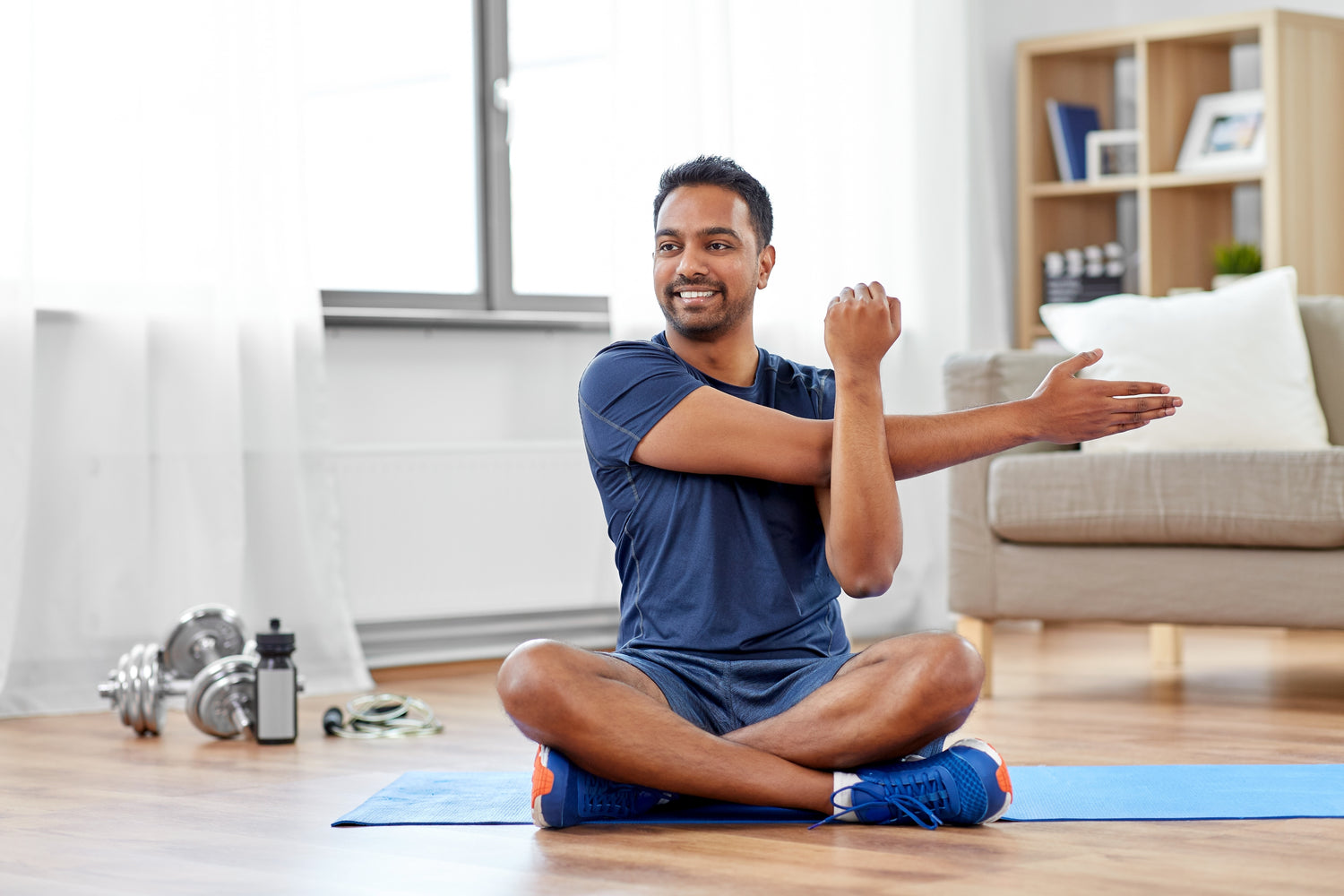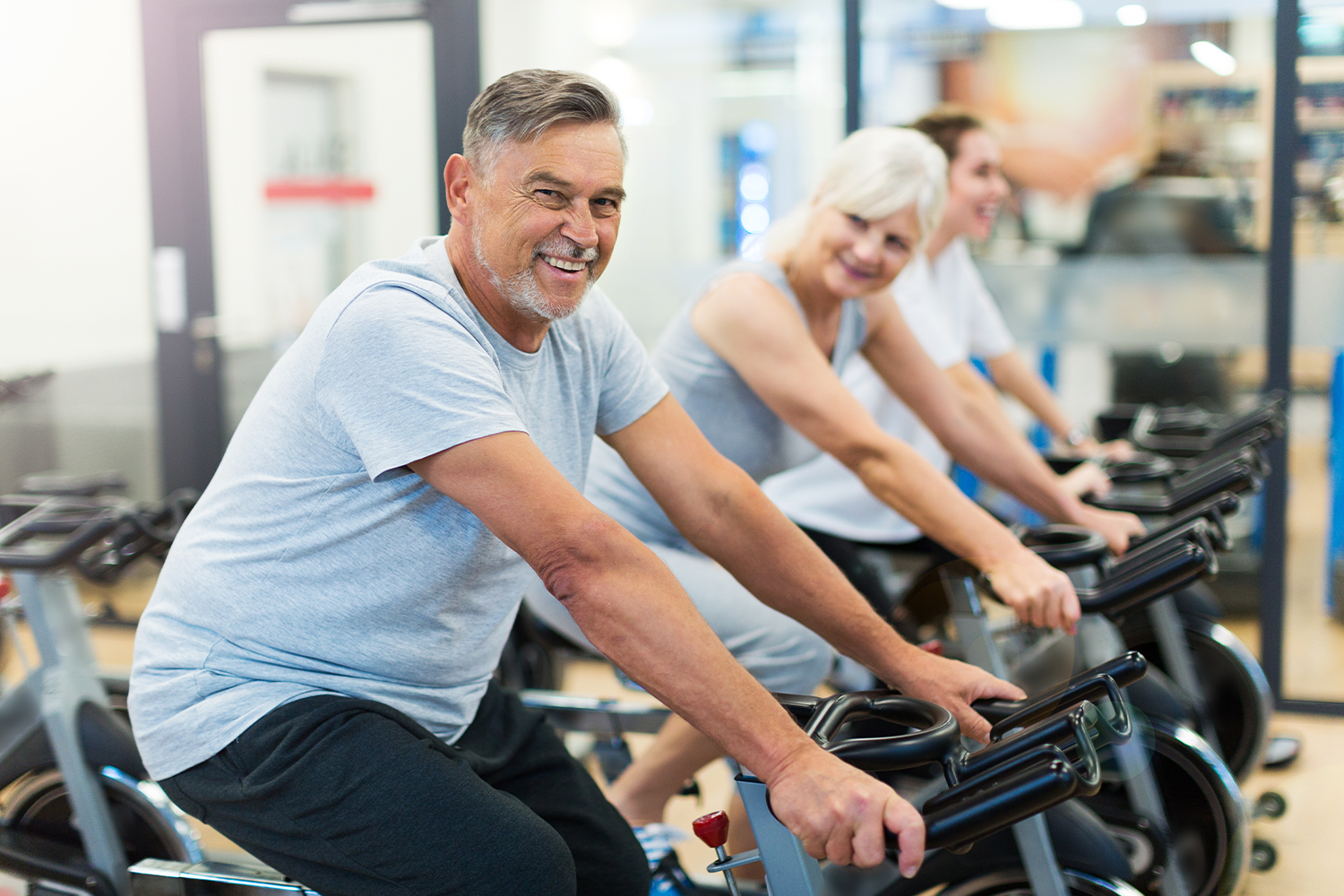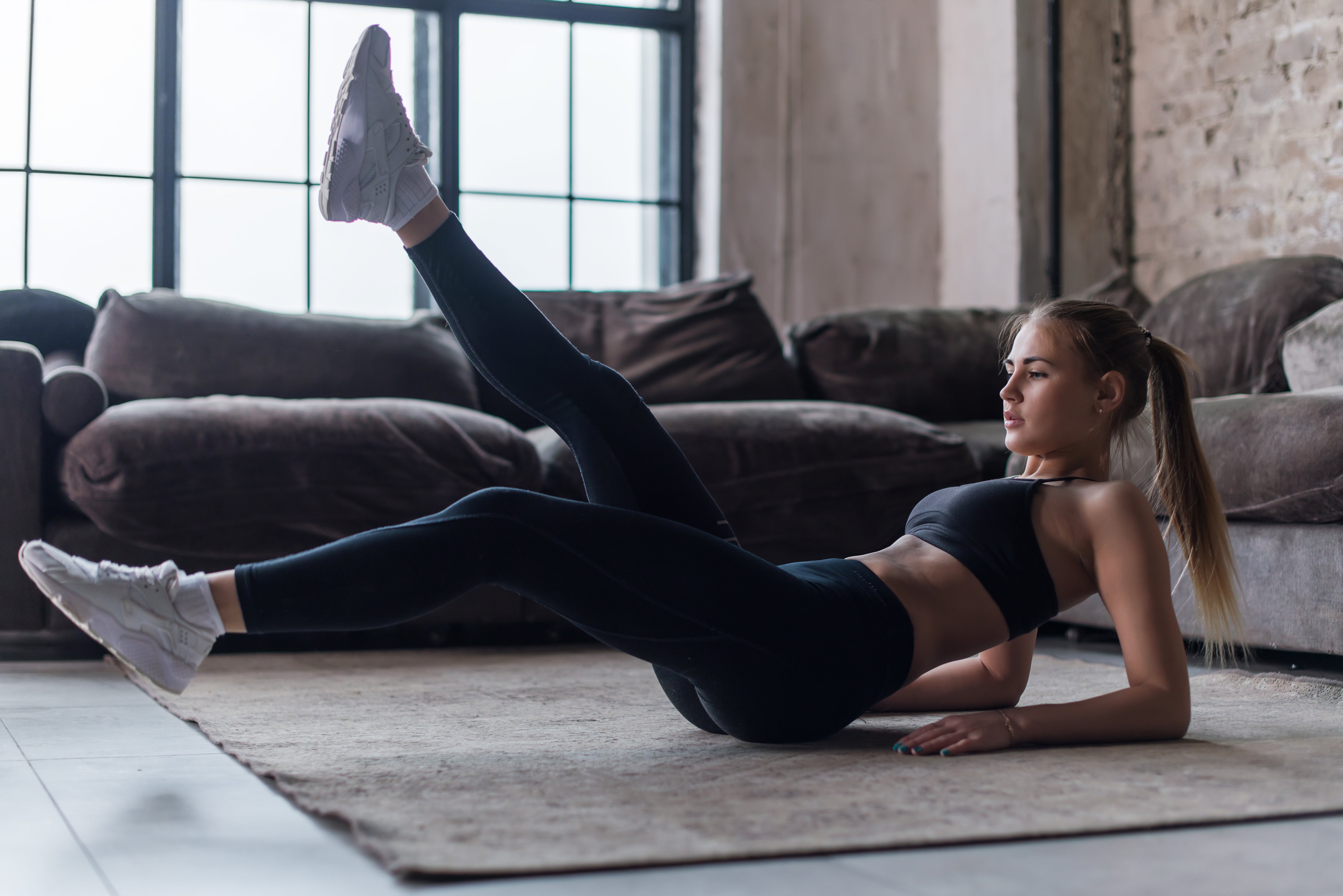While exercise is an extremely important part of your daily routine, do not forget the equal importance of stretching before and after your workouts! Whether going for a swim or doing a rowing exercise on the Ski-Row Air or Ski-Row Air + PWR, both dynamic and static stretching should be a common part of your workout. No matter what type of stretching you're doing, just as long as you do it.
This article will specifically discuss dynamic stretching, how it differs from static stretching, how and when it should be done, its benefits, and some examples of how to accomplish this.
What Is the Difference Between Dynamic Stretching and Static Stretching?
Dynamic stretches and static stretches differ as to when they are done and what purpose they serve. Dynamic stretching refers to the active movement of the muscles to increase them to their full range of motion. Instead of being still while holding a stretch- such as in static stretching--this involves movement during the stretch.
For example, instead of holding a lunge in one position while extending the leg muscles, a dynamic stretch would be a walking lunge that combines both the extension and movement all in one. Because of this movement, the stretch is held for a shorter period. Some examples of dynamic stretching could include lunges with a torso twist or active hip circles.
Dynamic stretching is often used prior to intense exercises, such as a run, rowing exercise, high-intensity interval training, or weightlifting, to warm up the body and prepare it for the workout. Dynamic stretching is also important for athletes who participate in jumping or running sports such as soccer, basketball, or baseball. Runners especially benefit from dynamic stretching and a dynamic warm-up before runs.
These stretches, however, are not recommended for cooling down after a workout. As the name implies, cooling down post-workout refers to the body bringing the temperature back to its pre-workout status.
Static stretching, on the other hand, does not involve active movement. The stretch is held for a longer period and is designed to help the body cool down post-workout. Some examples include the butterfly stretch or the triceps stretch.
What Are the Benefits of Dynamic Stretching?
Several benefits can be seen regarding dynamic stretching, including:
-
Increased Range of Motion and Flexibility: While it can be tempting to skip the warm-up before a workout, taking time to do dynamic stretches can prevent weak and tight muscles that can lead to injuries. Dynamic stretching increases flexibility in the hamstrings, hip flexors, spine, calves, and major muscle groups.
-
Improved Muscular Strength and Performance: This stretching will increase the flexibility of the muscles and improve their strength. In addition, overall activities will be performed better when engaging in dynamic exercise because of improved speed, swiftness, and momentum. High knees are one example of a dynamic stretch that improves muscular strength.
- Improved Body Awareness: Since dynamic stretches imitate the actual exercises performed during the workout, overall body awareness can be improved through these stretches.
What Are Some Examples of Dynamic Stretching?
There are several examples of dynamic stretches that will properly prepare you for your next workout, from your upper body to your lower body.
- Hip circles
- Lung with a twist
- Arm circles
- Leg pendulum
- Jog to quad stretch
- Arm swings
- Spinal rotations
- Butt kicks
Hip Circles
- Stand on one leg while holding a nearby object for support.
- Holding your other leg to your side, spin it in small circles.
- Begin with 20 circles for each leg, and increase the reps once you feel ready.
Lunge With a Twist
- Lunge forward with your right leg and ensure that your knee does not extend beyond your ankle.
- Take your left arm and extend it over the head while bending your torso to the right.
- Return to a standing position and repeat this movement with the left leg lunging forward and the right arm extending over the head.
- Complete five reps on either side and increase this number as you feel capable.
Arm Circles
- Separate feet until they are shoulder-width apart.
- Extend arms to the side at the height of your shoulder.
- Perform small circular movements with both arms and increase the size of the circles until they are making large sweeping movements.
- Complete 20 reps.
- Complete an additional 20 circles in the opposite direction.
- Increase reps when your body feels ready to do so.
Leg Pendulum
- Balance on one leg while swinging the other in a back and forth motion.
- Repeat this motion five to ten times on each side.
- Turn towards the wall and repeat this motion from side to side on both legs for an additional stretch.
- Increase reps as tolerated.
Jog to Squat Stretch
- Jog in place for two to three seconds.
- Perform a quad stretch by grabbing the left foot and holding it for two to three seconds.
- Jog for an additional two to three seconds.
- Repeat this stretch on the opposite leg.
- Perform this stretch five to ten times on each side and increase reps as your body can handle.
Arm Swings
- Extend your arms forward at shoulder height and face your palms down.
- Swing both arms to the right with the left arm crossing the chest and the right arm extending to the side, walking forward as you go. Ensure that you do not turn your torso while swinging your arms--turn your shoulder joints only.
- As you continue walking, swing your arms to the opposite side with your right arm crossing the chest and your left arm extending to the side.
- Complete five reps on either side and increase reps as tolerated.
Spinal Rotations
- Separate your feet to shoulder-width and extend your arms to shoulder height to the side.
- Rotate your body from side to side with arms still extended while keeping your torso still.
- Repeat this exercise five to ten times and increase as tolerated.
The Takeaway
Dynamic stretching is an important part of warming up before exercising. This can be accomplished through a wide range of movements, as seen through the list of examples above.
Unlike static stretching, which also has its perks, dynamic stretching involves continuous body movement during the stretch. This is especially important before high-intensity cardio workouts, for athletes, and weight training.
In addition, several benefits are seen with this stretching routine, including increased range of motion, improved muscular strength, and better overall body awareness. You might find that taking time to stretch and warm-up before your workout makes all the difference in how your body feels!
Sources:
The Benefits of Dynamic Stretching and How to Get Started
Dynamic stretching: Definition, examples, benefits and more
Benefits of Dynamic Stretching – New England Baptist Hospital





Leave a comment
All comments are moderated before being published.
This site is protected by reCAPTCHA and the Google Privacy Policy and Terms of Service apply.